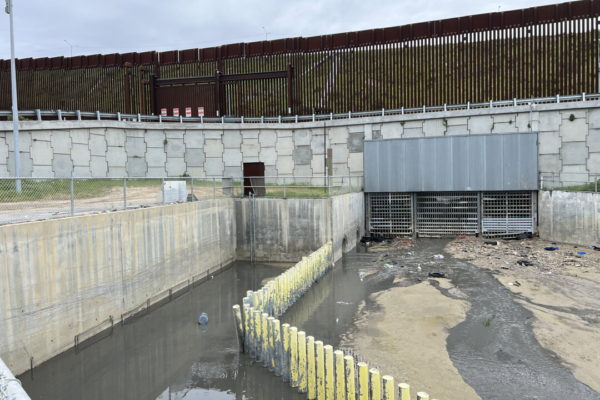Recently, several members of Congress representing areas including San Diego in Southern California jointly wrote to the US State Department demanding that Mexico provide an explanation for the increase in sewage flow and foul odor emanating from the Tijuana River.
According to reports from the city news agency, on August 28th (last Wednesday), federal representatives Juan Vargas, Sara Jacobs, Scott Peters – who represent the San Diego area, along with Mike Levin from Dana Point, and California senators Alex Padilla and Laphonza Butler, collectively urged the US State Department to pressure Mexican officials to explain the sewage and sediment flow from Mexico triggered by unprecedented dry weather.
The International Boundary and Water Commission (IBWC) reported an increase in sewage flow from the Tijuana River originating from Mexico. To date, Mexico has not identified the source of this water flow.
In their letter to Secretary of State Blinken and US Ambassador to Mexico Ken Salazar, the legislators highlighted reports from community members unable to escape the persistent odor from the Tijuana River. Residents of Imperial Beach and southern San Diego County stated that the sewage odor permeates day and night, often causing them to wake up at night. This sewage pollution impacts the lives and livelihoods of residents near the Tijuana River, posing risks to the community’s health and safety.
The letter also mentioned, “These conditions may exacerbate the foul odor faced by San Diego residents, hence understanding the measures Mexico is taking to address the sediment issue and identifying the source of sewage flow during dry weather is crucial.”
IBWC believes that sediment buildup in the river is a result of ongoing highway construction projects in Tijuana. Officials stated that as of June, the South Bay International Wastewater Treatment Plant has removed over 3,815 tons of sediment and debris, nearly five times more than last year. The treatment plant is located near the Tijuana River on the San Diego border.
On June 17th, an IBWC report indicated that sediment buildup led to the failure of the pressure relief valve at the Hollister Pump Station, causing the plant to leak approximately 302,000 gallons of untreated wastewater into public areas. Although the spill has been cleaned up, the pump station is still non-operational. According to the commission, nearly one million gallons of cross-border wastewater flow towards nearby watersheds almost daily.

